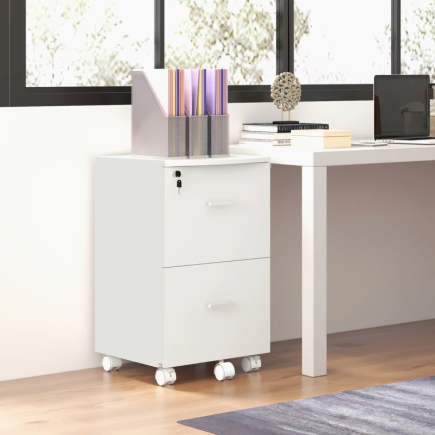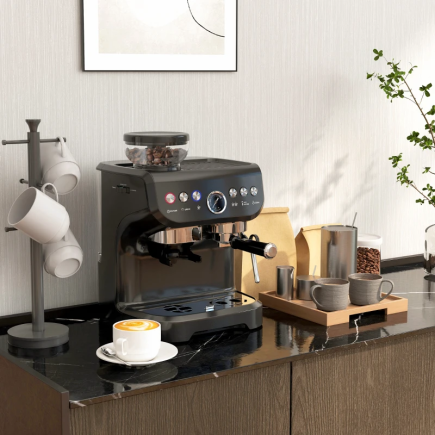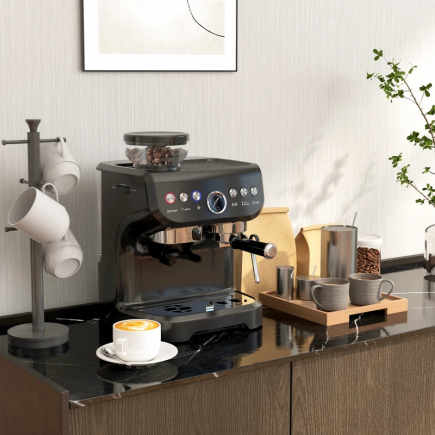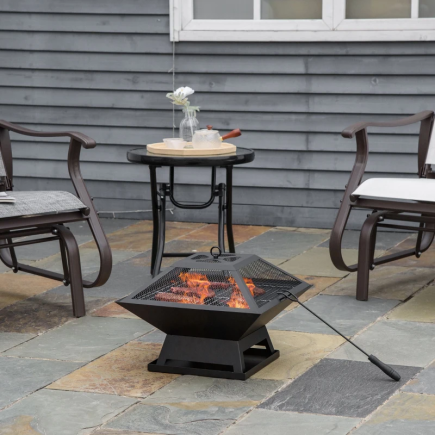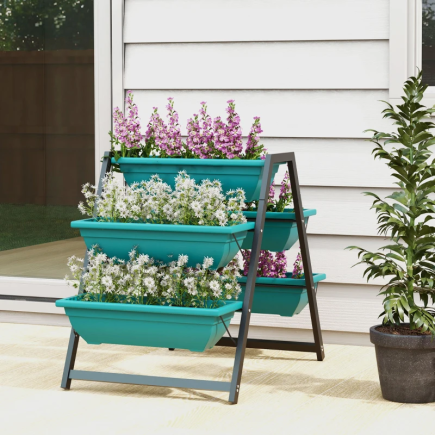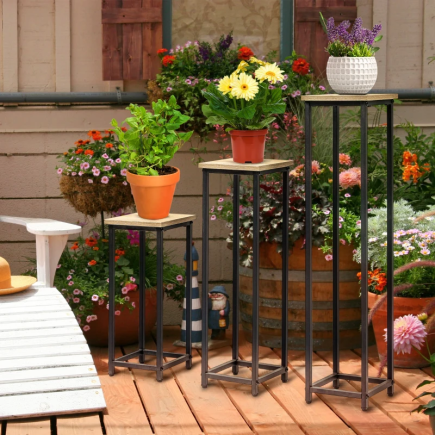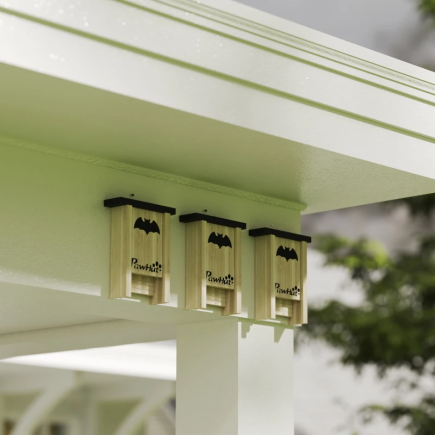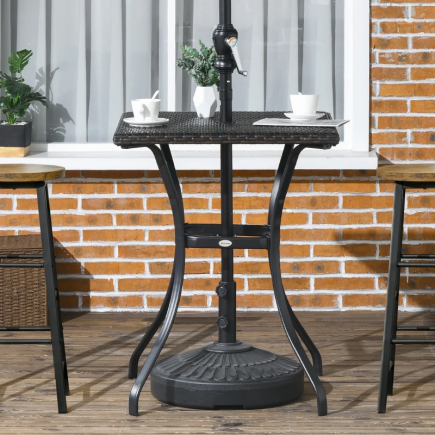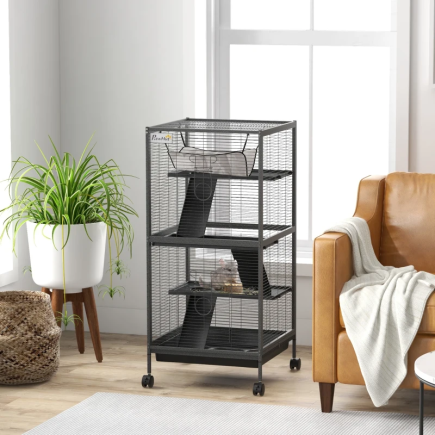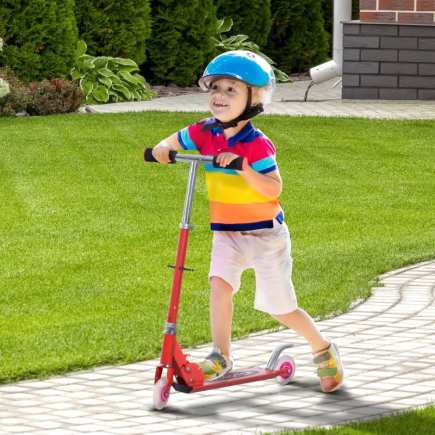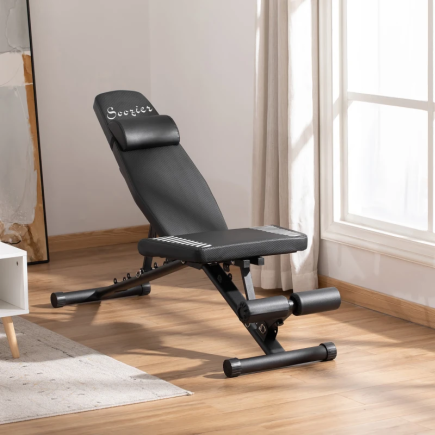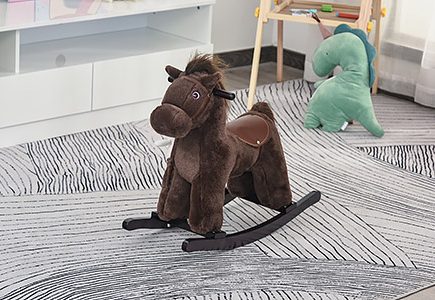
Waterproofing an outdoor storage box is essential to protect your belongings from moisture, which can cause rust, mold, and deterioration. Whether your box is made of wood, plastic, or synthetic materials, waterproofing helps maintain its integrity and keeps your items dry. In this article, we’ll cover the best waterproofing methods for various types of storage boxes, ensuring they last longer and stay protected from the elements.
1. Preparing the Storage Box
Before you begin waterproofing your outdoor storage box, it’s crucial to ensure there are no existing damages such as cracks, holes, or areas of weakness that may allow moisture to seep in. Any imperfections should be repaired first so your waterproofing materials can be applied effectively. If your box is wooden, check for splinters, cracks, or chips. For plastic or synthetic materials, inspect the seams and lid for any visible gaps.
2. Waterproofing Methods for Different Materials
Wooden Storage Boxes: Varnish Application
Wooden outdoor storage boxes are a popular choice due to their aesthetic appeal, but they require special care to protect them from water damage. A good varnish designed for outdoor use is one of the best options for waterproofing wood, as it is specifically designed for surfaces exposed to water. Here’s how to apply it effectively:

| Step | Action |
| Thinning the Varnish | Mix the varnish with a thinner (about 10 parts varnish to 1 part thinner) to ensure better penetration into the wood. |
| Applying the First Coat | Using a paintbrush, apply a thin, even coat of the thinned varnish. Let it dry for 8-16 hours, depending on the brand. |
| Sanding Between Coats | Once the first coat is dry, lightly sand the surface with 220-grit sandpaper to remove any imperfections. |
| Applying Additional Coats | Apply at least two additional coats of full-strength varnish for the best protection. Sand between coats. |
The varnish will form a protective layer, resistant to moisture, and provide durable protection for the wood. Ensure you apply multiple coats for the best long-term protection.
Polyurethane Sealant
Polyurethane sealant is a great option for adding an extra layer of protection to your outdoor storage box. This material forms a thick barrier that resists water, especially around the edges and seams where moisture might seep in. To apply polyurethane:
- Clean the surface before application to ensure the sealant bonds well.
- Use a paintbrush to apply the sealant generously along the edges and any seams of the box.
- Allow it to dry fully, then inspect for any missed spots. Reapply if necessary.
Sealing Cracks and Gaps with Caulk
Even the best waterproofing techniques can be compromised if there are gaps or cracks in your storage box. Caulk is an easy and effective solution for sealing small openings. Follow these steps:
- Use a high-quality silicone caulk designed for outdoor use.
- Apply a thin bead of caulk along the seams, corners, and any visible cracks in the box.
- Smooth the caulk with a damp cloth to ensure it’s evenly spread and sealed.
- Allow it to cure according to the manufacturer’s instructions before using the box.
3. Enhancing the Box’s Seal
Applying Rubber Weatherstripping
For added waterproofing, applying rubber weatherstripping to the lid and base of your box ensures that water cannot seep through small gaps. Here’s how to do it:

- Measure the lid and base to determine the appropriate length of rubber weatherstripping needed.
- Cut the weatherstripping to fit the measurements of your box.
- Adhere the weatherstripping along the edges of the lid and the box frame. Press firmly to ensure a tight, long-lasting seal.
- Check for any gaps and adjust as needed to ensure full coverage.
This method works well for both wooden and plastic storage boxes, ensuring that the contents remain dry even during heavy rain.
Weatherproof Covers for Extra Protection
While applying waterproofing methods is essential, using a Waterproof Cover can provide additional protection, especially during extreme weather conditions. Select a high-quality cover that is designed for outdoor use. A cover can help protect your box from both water and UV damage, prolonging the effectiveness of your waterproofing materials.
4. Additional Tips for Maximum Waterproofing

Elevating your outdoor storage box can significantly improve its waterproofing effectiveness. By keeping the box off the ground, you reduce the risk of moisture accumulating beneath it. Use Pallets, Bricks and Blocks. This will allow air to circulate beneath the box, helping to keep moisture from building up and potentially causing damage.
Using Silica Gel Packs
Placing silica gel packs inside your storage box can help to absorb any excess moisture, preventing mold and mildew. These packs are especially useful if your box is in a location that’s prone to high humidity or fluctuating temperatures.
5. Waterproofing Non-Wooden Boxes
Plastic Storage Boxes
Plastic boxes are often used for outdoor storage because they are durable and lightweight. However, they may not be completely waterproof due to gaps and seams. Here’s how to ensure your plastic box is well-protected:
- Seal the seams: Use a silicone sealant to seal any seams or gaps along the lid and sides.
- Use waterproofing sprays: Special waterproofing sprays designed for plastic can help to enhance its resistance to moisture. Be sure to follow the manufacturer’s instructions for application.
- Line the inside: For added protection, line the inside of the box with a plastic sheet or tarp. This secondary barrier will protect your items from any potential water ingress.
Synthetic Materials (e.g., Rattan)
Synthetic materials like rattan are often used for stylish outdoor storage boxes, but they are not entirely waterproof. To enhance their water resistance:
- Cover the box with a weatherproof cover during heavy rains.
- Add a weather-resistant liner inside the box to provide an extra layer of protection.
Waterproofing your Outdoor Storage Box is a simple but crucial task that can help extend the lifespan of the box and protect your belongings from water damage. Whether your box is made of wood, plastic, or synthetic materials, the steps outlined in this guide will help ensure that your box remains durable and effective in any weather. By following these tips, you’ll keep your outdoor storage box in excellent condition, and your items will stay safe, dry, and protected from the elements.
FAQs
1. Can I waterproof a storage box that is already damaged or deteriorated?
It’s best to repair any damage before waterproofing, as the effectiveness of waterproofing will be compromised by existing cracks or deterioration.
2. Can I apply waterproofing materials in cold weather?
Waterproofing should be applied in mild temperatures, as cold weather can affect the adhesion and curing process of most materials.
3. How can I test if my waterproofing is effective?
Test by spraying water on the box or placing it in the rain, if water beads up without seeping in, the waterproofing is working well.
4. Do I need to remove existing waterproofing before reapplying?
Yes, removing old waterproofing ensures proper adhesion of new materials and guarantees better protection.
5. Is it necessary to waterproof the inside of the storage box?
Waterproofing the inside can provide additional protection, especially for storing moisture-sensitive items or in humid conditions.


